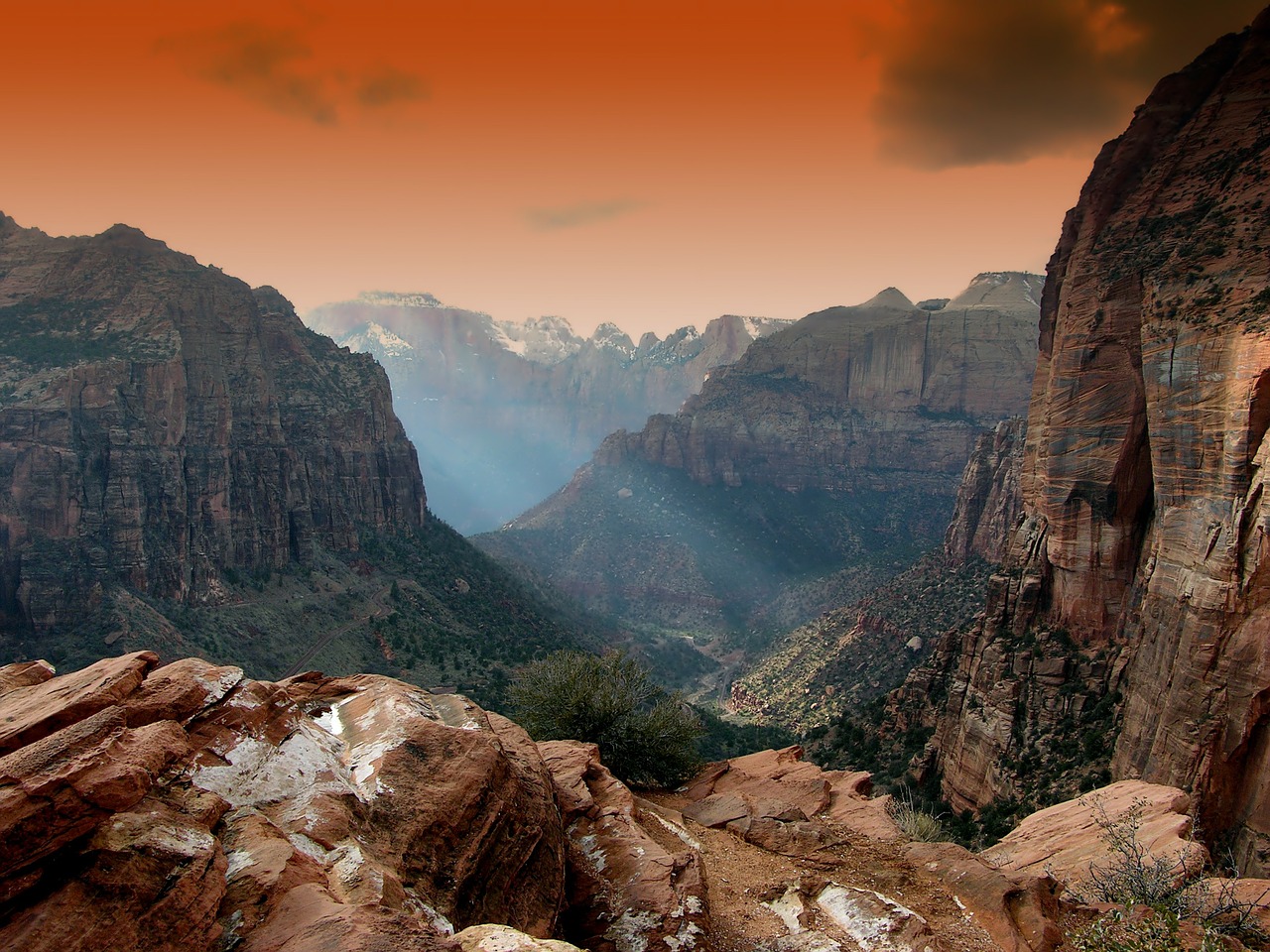People in the UK don’t usually get to experience a lot of sunshine, so when the summer months do finally roll in, people flock to the country’s many national parks and places of beauty to spend some much-needed holiday time. A 2019 study revealed that one in three Brits opt to spend their bank holiday vacation closer to home, so why is the UK so popular as a destination?
With a total of fifteen national parks, the UK is home to many areas of beautiful countryside and with activities for the whole family on offer, it’s hard to pass up the chance for an affordable and fun-filled summer break. But which of these is the most scenic and which one should you visit this spring/summer bank holiday? Motorparks, who specialise in a range of affordable used cars, have compiled this handy guide to help you make your mind up:
Why you should visit The Lake District
Cumbria is home to the UK’s most popular National Park and World Heritage site – The Lake District. The region also boasts England’s highest mountain, Scafell Pike, as well as tremendous views of some the most popular locations, such as Keswick, Derwentwater and Windermere. It’s no surprise it is the most visited National Park in the UK, with over 15.8 million annual visitors. With around 16 main lakes, you can take to the water on your canoes and kayaks, or go scrambling down some of their waterfalls. If the water isn’t for you, then give one of their walks a go – there are a selection of routes suitable for all ages and skill levels.
Why you should visit Dartmoor
This popular national park is an adventurers dream, being the only park in the UK that allows visitors to experience ‘wild camping’. With an array of walking and cycling routes available, there are plenty of opportunities for you to make the most of everything the National Park has to offer whilst taking in breath-taking views of vast moorland and discovering the area’s rich military history. With an almost endless choice of great spaces to camp, you can pitch your camping tent in a space that’s perfect for your needs.
Why you should visit Northumberland
Holidaymakers looking to get away from the hustle and bustle of city life should try Northumberland for a taste of unspoiled peace and quiet. Located between the Scottish border and the industrial North East of England, it’s home to the remains of the famous Hadrian’s Wall which date back to Roman times. You can take a stroll along the Hadrian’s Wall path and walk amongst the wild goats which still roam the landscape.
This part of North East England is also known for its dark sky areas, where stargazers can enjoy the unspoiled beauty of a sky without light pollution. Its Dark Sky Park is protected from forms of artificial light to provide the truest stargazing experience – promoting astronomy in the region.
Why you should visit Cairngorms
You’ll find Cairngorms national park up in the Eastern Highlands of Scotland. With 55 peaks standing over 900 metres, hikers will be in their element with the dramatic mountain landscapes – there’s plenty of walking routes available to choose from that showcase some of Scotland’s beautiful scenery.
Plant and wildlife lovers will enjoy the huge variety of different species that make their home here. When visiting Cairngorms, you can expect to come across a quarter of the UK’s rare and endangered species, including the wildcat, the capercaillie and the mountain hare.
Why you should visit Snowdonia
Wales is known for its wild natural beauty and Snowdonia is the jewel in the crown. As well as being home to over 23 miles of unspoiled coastline, this region is a hiker’s paradise with the tallest mountain in Wales right on the doorstep. You’ll never be stuck for things to do, with sand dune backed beaches and rocky coves close-by to the impressive coastline, as well as steep river gorges and waterfalls. As a living working area, Snowdonia is steeped with culture and local history. The National Park houses picturesque villages with 26,000 local people – and over half of the population speak the Welsh language.

